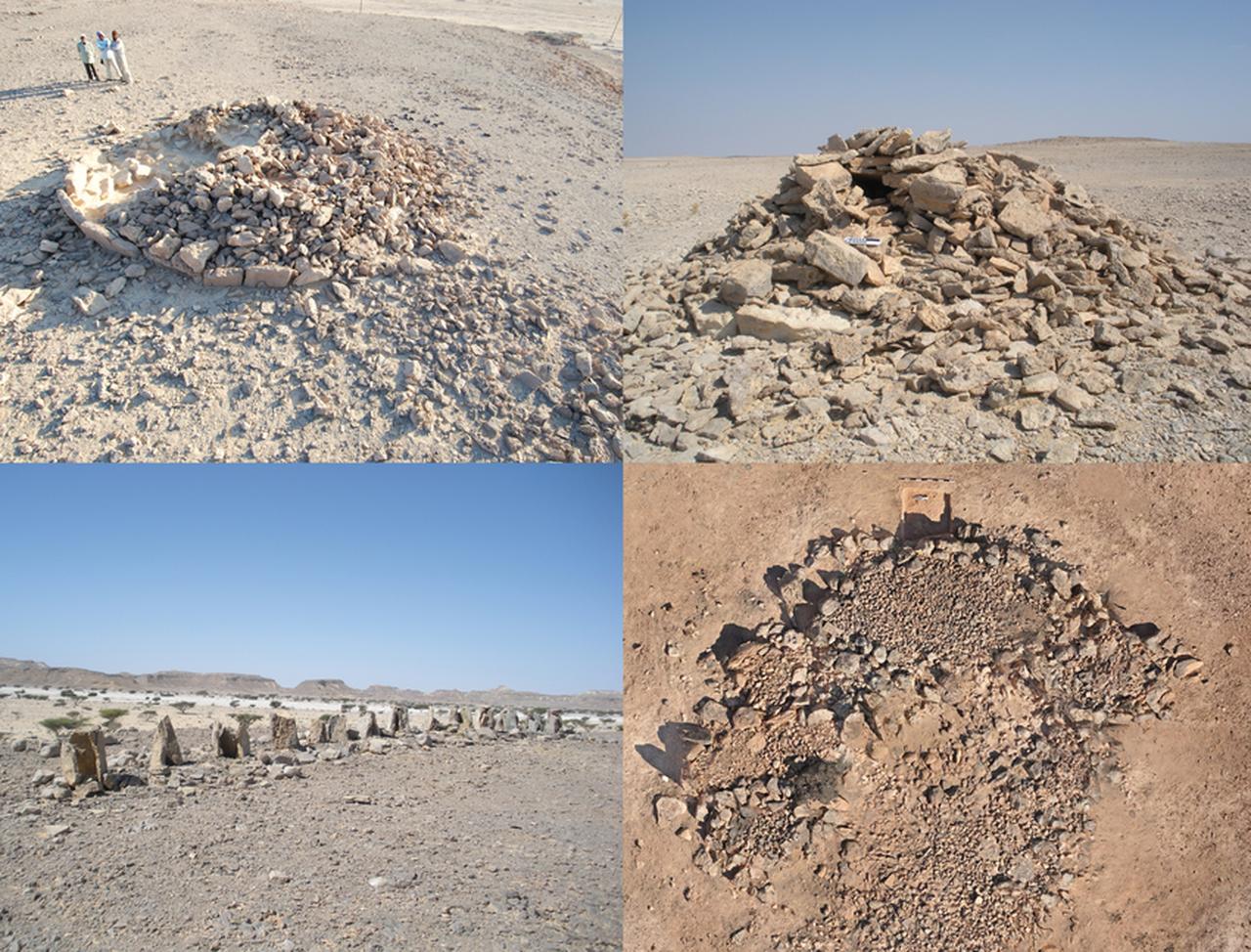
For over three decades, Professor Joy McCorriston has explored the arid frontiers of Southern Arabia, uncovering the silent yet powerful traces of ancient communities who thrived under harsh desert skies. As director of the Middle East Studies Center at The Ohio State University and author of "Persistent Pastoralism," she has helped reshape how we understand resilience, identity, and innovation in prehistoric Arabia.
In this exclusive interview with Türkiye Today, McCorriston shares how monumental architecture—not villages or farms—was central to human survival across millennia in Dhofar, Oman. Her research connects Arabian desert traditions with Türkiye’s Tas Tepeler (Stone Mounds) region and provides a long-term lens on climate change adaptation and cultural continuity.
What initially drew you to study prehistoric monuments in Dhofar, Oman?
“As a young scholar trying to understand the adoption of food production and the shaping of Southern Arabia’s human landscape, I noted with surprise that ancient people did not generally build sturdy houses and villages there; instead, they put their energy into building stone monuments … Our work began in the 1990s, as scholars in Türkiye were just beginning to appreciate the extent and scale of monuments in the Tas Tepeler region. So we were beginning to ponder similar questions in very different places.”Rethinking 'biggest finds' in archaeology
Your article highlights how pastoralist communities adapted to climate change over thousands of years. What surprised you most in the archaeological record?
“People often ask, 'What was your biggest find?' But the surprise for me has been the slow recognition that pastoral people didn’t need villages, sedentism, and agriculture to knit large and far-reaching communities for their survival in a fluctuating environment.”
You describe these monuments as “technologies of social resilience.” Could you explain what that means in this context?
“Pastoralists in the arid regions of southern Arabia face limitations in available grazing and water. To reify their social connections, they would gather briefly for ceremonies or—as time passed—they would emphasize their belonging through practices they shared. Monument construction accomplished this social belonging, even after people could no longer gather in large groups.”
The shift from large, communal Neolithic monuments to smaller, accretive ones over time is a key finding. What does this reveal about changing social structures?
“One big shift was from using Neolithic monuments to mark face-to-face social bonds, to using Bronze Age tombs as genealogy markers. You asked about ‘accretive’ monuments—these are monuments that can be compiled of successive additions of repetitive elements. We find these later in time. What remains consistent is that people used narrative—stories they told about themselves and their relationships in connection with monuments.”

How did your team use machine learning and satellite imagery in this research?
“We began 20 years ago to train computers to auto-detect monuments. Our objective was a pilot for—a dream at the time—someday detecting the tens of thousands of monuments across Arabia. It’s exciting now to see teams working in Arabia and the Sahara with newer technologies, better images, and more powerful computing—now that dream seems within reach.”
You mention that monument building persisted even through arid phases. Why do you think these communities continued investing in monuments when survival was likely so difficult?
“We see the monuments as a fundamental key to the social resilience that allowed people to adapt to changing conditions, pastoralists persisted in the deserts and adapted monument technologies to support their own changing social rules and structures.”
In your view, how might this research speak to today’s challenges around climate adaptation and cultural heritage in arid regions?
“Pastoralists’ adaptive resilience offers a long view of humans coping with climate change, a view precious in the rapid fluctuations of our modern planet. For Dhofar’s modern inhabitants, the small-scale stone monuments are the markers of their most numerous ancestors. They attest a cultural heritage alive today.”
Quoted from McCorriston’s book 'Persistent Pastoralism'
“The cultural landscape of pastoralists is still present in the major routes that still pass by ancient monuments, in urban dwellers’ attachments to rural homelands, and in cultural proscriptions… Monuments are what remain of the reverent gestures that messaged commemoration and social inclusion.”

Have you encountered similar monument traditions in other parts of Arabia or the greater Levant? Are there regional patterns emerging?
“I find it exciting to reflect on the emerging picture from the many Neolithic excavations and syntheses in the Taurus range and foothills in Eastern Türkiye… I wonder if collectively we archaeologists will come to see an alternative model for social construction and reproduction centered on monuments throughout the inland steppe and arid zones of the Middle East.”
What are the next steps for your team’s research in Oman or the broader Arabian Peninsula?
“I no longer wish to design and fund research in my academic home, then request permission in Oman. I have emphasized to my partners in Oman that I am eager to listen and craft research around Oman’s priorities. New research could refine the spatial and temporal reconstruction of climate and environmental changes, address context and conservation of heritage landscapes and sites, or broaden an understanding of agricultural introductions.”
Finally, for young archaeologists or students interested in desert archaeology and resilience studies, what advice would you offer?
“Go somewhere new. Accept difficult challenges. Look for something no one else is particularly interested in. Let your interests and passions guide you, not what is fashionable in the discipline at the moment. And learn to love quiet places and the soft light of sundown.”
As modern societies confront accelerating climate change and cultural fragmentation, the legacy of pastoralist resilience in Southern Arabia and the broader Middle East offers a striking lesson: adaptation is not just ecological or economic—it’s deeply social, symbolic, and monumental.